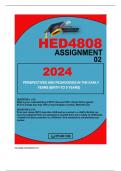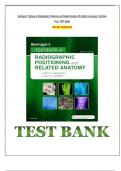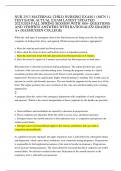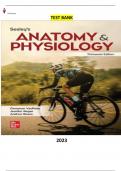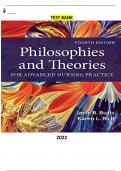Tentamen (uitwerkingen)
HED4808 ASSIGNMENT 2 QUESTION 1: (15) What is your understanding of ECD? Discuss ECD in South Africa against ECD in Europe (you may refer to any European country). Motivate your answer with examples.
- Vak
- Instelling
HED4808 ASSIGNMENT 2 QUESTION 1: (15) What is your understanding of ECD? Discuss ECD in South Africa against ECD in Europe (you may refer to any European country). Motivate your answer with examples.
[Meer zien]
